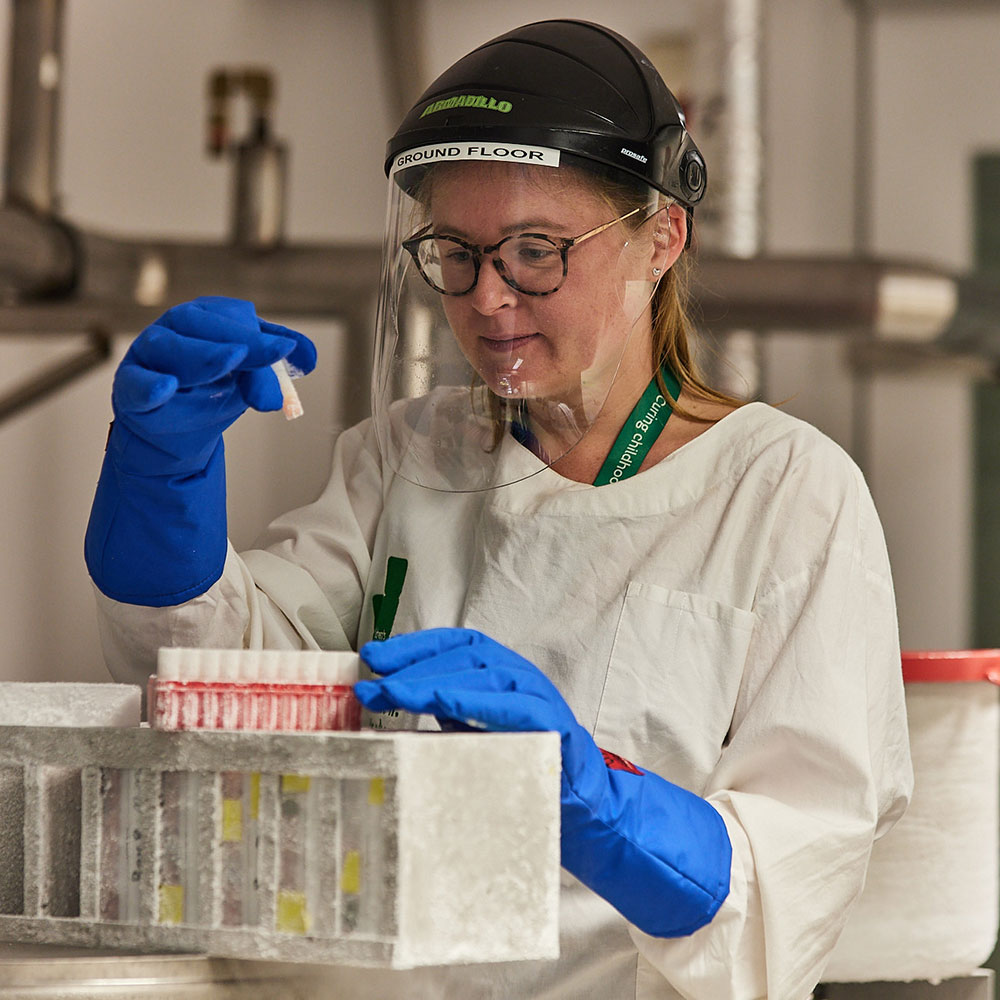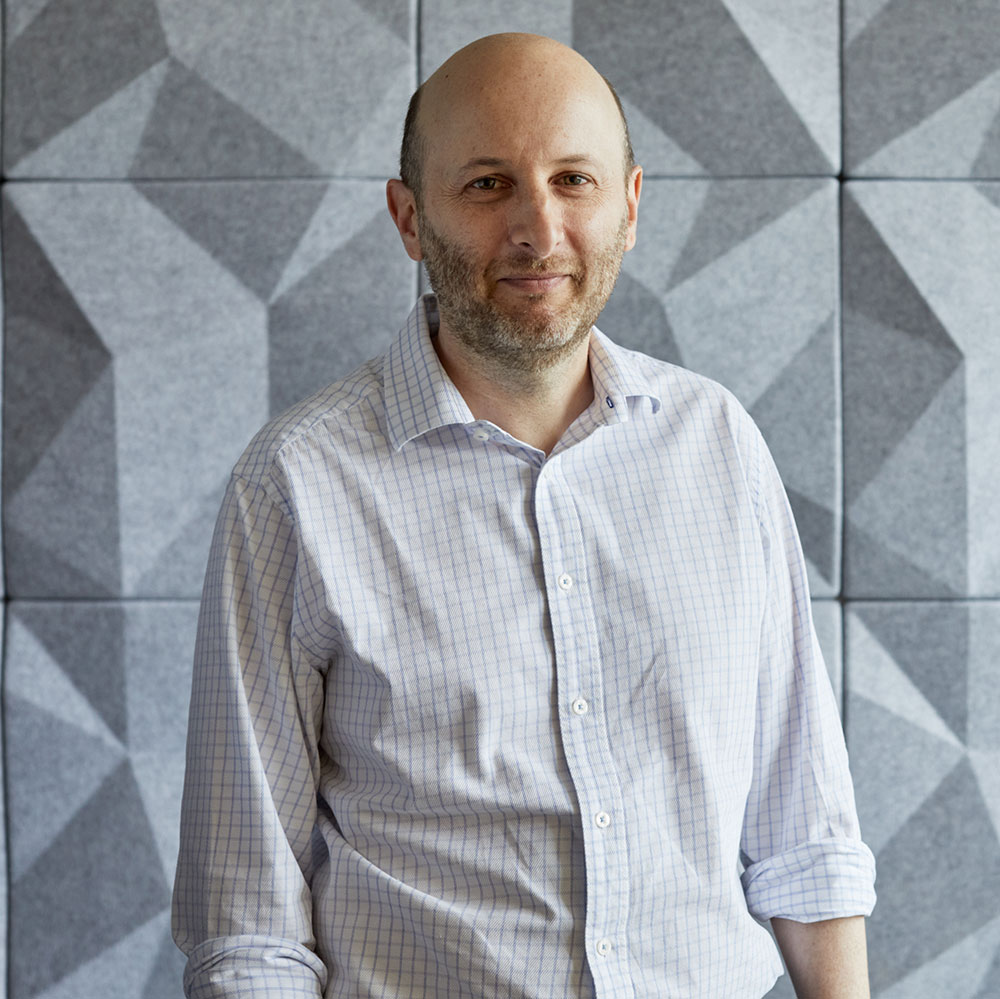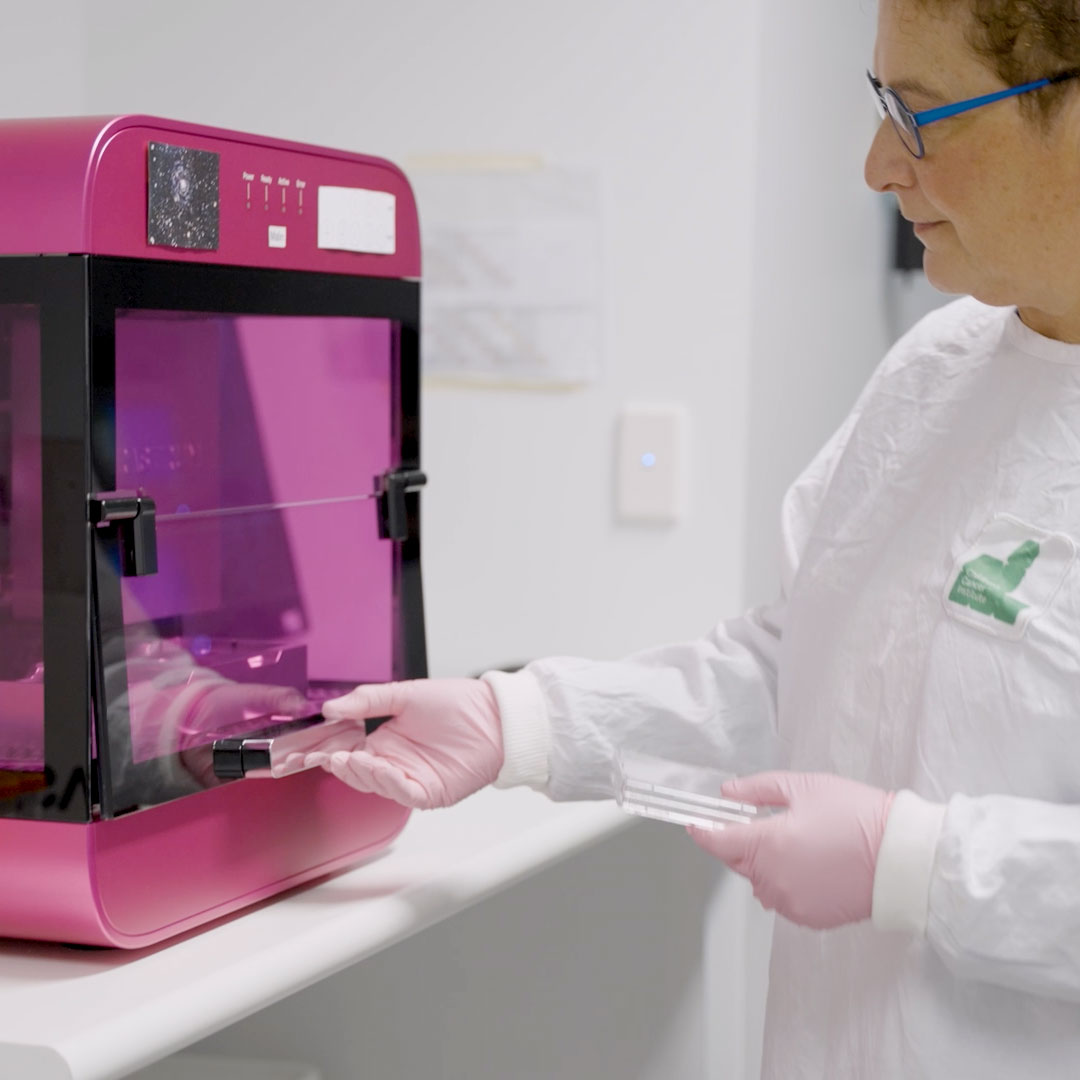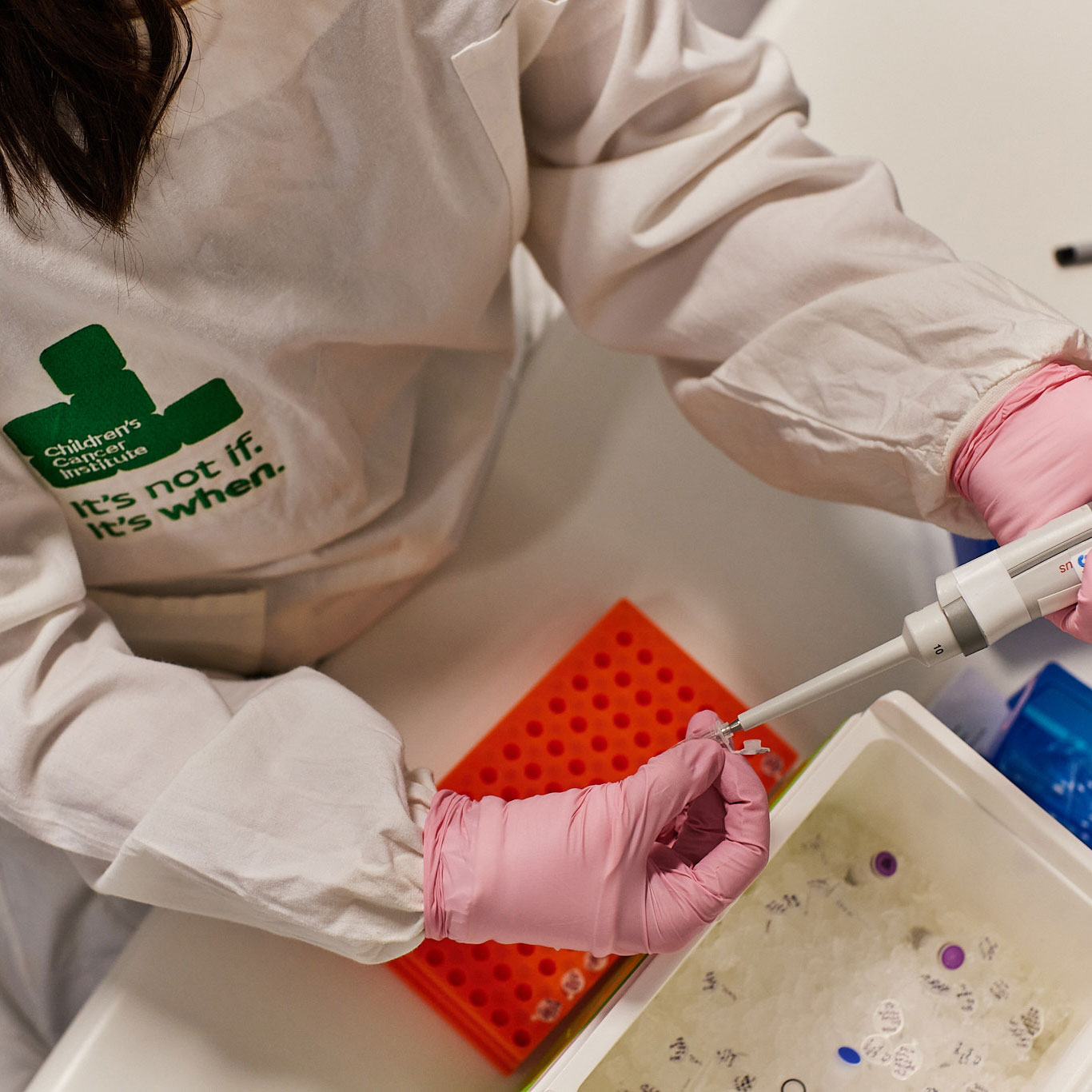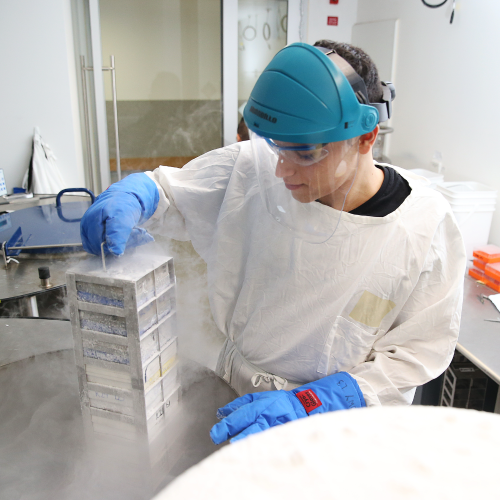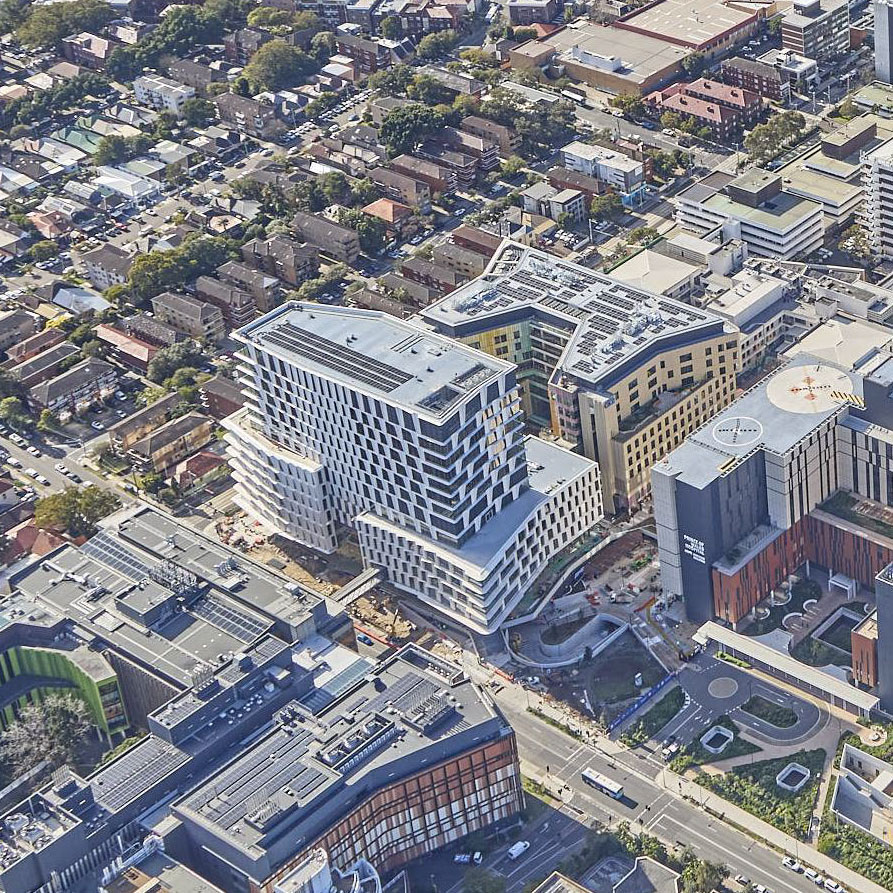In a world-first, researchers have found that many more children with cancer than previously realised could potentially benefit from immunotherapy, a type of therapy that uses the patient’s own immune system to fight cancer which has been used to great effect in the treatment of certain adult cancers.
The findings of the study, which was led by Children’s Cancer Institute and involved close collaboration with Peter MacCallum Cancer Centre together with several Australian and US collaborators, suggest that close to one third (31%) of children with solid tumours could be candidates for immunotherapy, based on a genetic analysis of both their cancer cells and the immune cells infiltrating their tumour. If successfully applied to the clinical setting, the findings would mark a significant advance over methods used in the past to select such candidates among children with solid cancers.
Published in the high-impact international journal Genome Medicine, the research is the first to undertake such a comprehensive study of what is known as the ‘tumour immune microenvironment’ in children with cancer. This is chiefly comprised of different types of white blood cells that migrate into cancerous tissues, but is not the same in every patient. For immunotherapy to work in any given patient, specialised immune cells called ‘T-cells’ must be present in this environment. Tumours in which these cells are present are said to be ‘T-cell infiltrated’ or ‘immune inflamed’, and the patient is considered a potential candidate for immunotherapy.
In adults, finding out whether a patient’s tumour is T-cell infiltrated, and therefore whether they are a candidate for immunotherapy, relies on detecting certain biomarkers – for example, high levels of a protein called PD-L1, a potent blocker of T cell function. Up until now, the same approach has been used in children. However, the new research found that these biomarkers do not reliably predict T-cell infiltration in children with cancer, and therefore are not useful in identifying which children may be candidates for immunotherapy.
“Cancers in children are quite different to cancers in adults,” explained Professor Paul Ekert, Co-Head of the Personalised Medicine Theme at Children’s Cancer Institute, who led the research. “One of the important ways in which they are different is the nature of the tumour micro-environment, and this is critical when it comes to determining who might benefit from immunotherapy.”
“In the past, this hasn’t been well understood and that’s because the paediatric tumour microenvironment has never been comprehensively analysed. Using RNA-sequencing, whole genome sequencing and immunohistochemistry, we’ve now been able to do this analysis, and what we’ve found could have significant clinical implications.”
For the study, the researchers used data from 347 children with high-risk cancers participating in the Zero Childhood Cancer Program (ZERO), Australia’s first precision medicine program for children with cancer, jointly led by Children’s Cancer Institute and Kids Cancer Centre, Sydney Children’s Hospital. Across a range of solid tumours, the researchers identified a cluster of 15 genes that, when highly expressed (upregulated), were correlated with T-cell infiltration of the tumour and its surrounding environment.
Together, these 15 upregulated genes form an ‘immune profile’, termed the Immune Paediatric Signature Score (IPASS), which can be used to identify those children who are potential candidates for immunotherapy.
“Within each cancer type, some patients will be T-cell infiltrated while others won’t,” explained Chelsea Mayoh, leader of the Bioinformatics team at Children’s Cancer Institute, and lead author on the study. “To identify those who are, we need to find out their immune profile, and that’s what this research has made possible.”
This opens the door to a possible future where any child with a solid tumour − such as a brain tumour, sarcoma or neuroblastoma − is ‘immune profiled’ at diagnosis to determine whether immunotherapy could be considered a potential treatment option.
Giulia is an example of such a child. At seven years of age, she was a happy and healthy girl who loved dancing, playing dress-ups and spending time with her beloved Nonna. But after sudden and unexplained lethargy, blood tests revealed that Giulia was bleeding internally. With her heart rate soaring dangerously high, she was rushed into surgery at Sydney Children’s Hospital where it was discovered that a tumour was growing in Giulia’s lungs and putting pressure on her heart. She was diagnosed with a rare cancer known as IMT (inflammatory myofibroblastic tumour) sarcoma.
After two grueling years of treatment and surgery, Giulia went into remission. Today, eight years later, she remains cancer-free. However, the fear of relapse remains ever-present. With very few treatment options for sarcoma available, Giulia and her family know that if relapse occurred, there would be very little if anything that doctors could do.
“We are so proud of the mature, compassionate, gentle and loving individual Giulia has become,” said her mum, Mary-Ann. “Despite the challenges of her journey with aggressive cancer, we know she will keep on thriving thanks to the doctors, staff and researchers who helped Giulia during the most difficult and testing time of her life.” Looking to the future, the study’s authors are keen for new clinical trials to begin that enroll children who have immune inflamed tumours, so that different immunotherapies can be tested against a range of different cancers.
“The next step is to be able to identify which particular type of immunotherapy an individual child might be a good candidate for,” said Ms Mayoh. “To do that, we need response data – that is, we need clinical trials to show us which children with which immune profiles respond to which therapies.”
Importantly, this clinical data will also inform drug development, leading to new immunotherapies becoming available in the future. With an estimated two thirds of children who receive chemotherapy and radiotherapy going on to suffer significant long term treatment side effects, families will undoubtedly welcome the prospect of safer therapeutic options.
Australian collaborators on the study included scientists from Children’s Cancer Institute and Peter MacCallum Cancer Centre, and clinicians from Sydney Children’s Hospital, Children’s Hospital Westmead, John Hunter Children’s Hospital, Monash Children’s Hospital, Royal Children's Hospital Melbourne, Women and Children’s Hospital Adelaide, Perth Children’s Hospital, and Queensland Children’s Hospital. Collaborating organisations in the US included Ohio State University College of Medicine and Nationwide Children’s Hospital.
Find out more about Zero Childhood Cancer at zerochildhoodcancer.org.au.
Media contact:
Tania Ewing
0408 378 422
taniaewing@taniaewing.com


